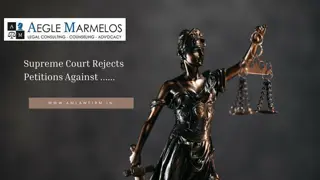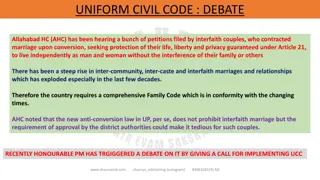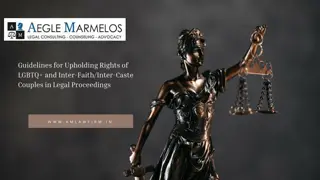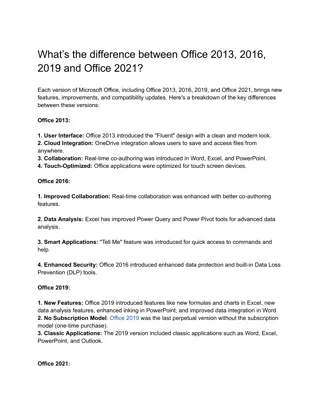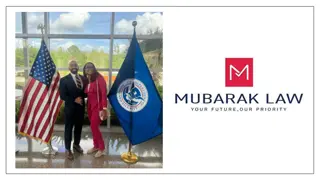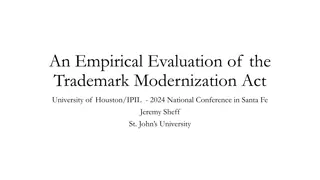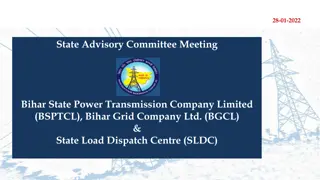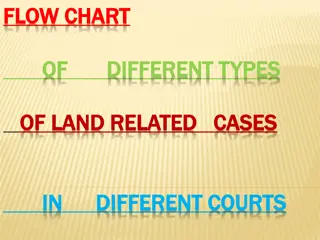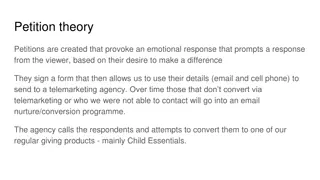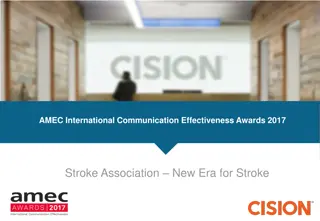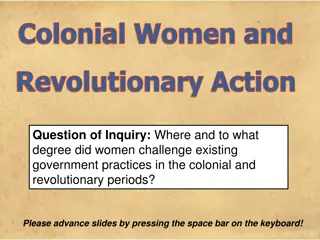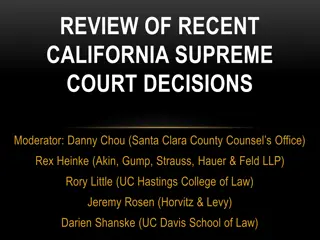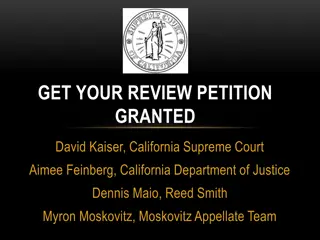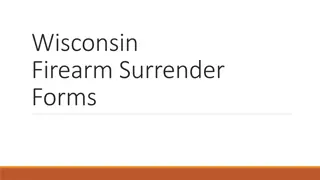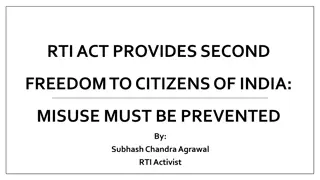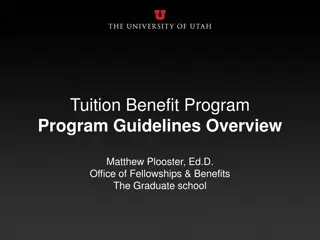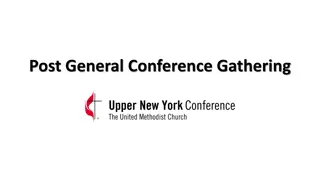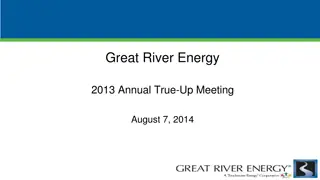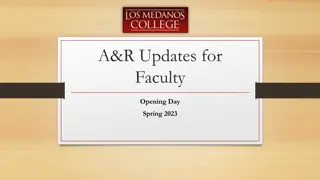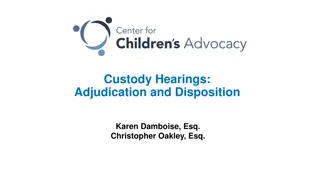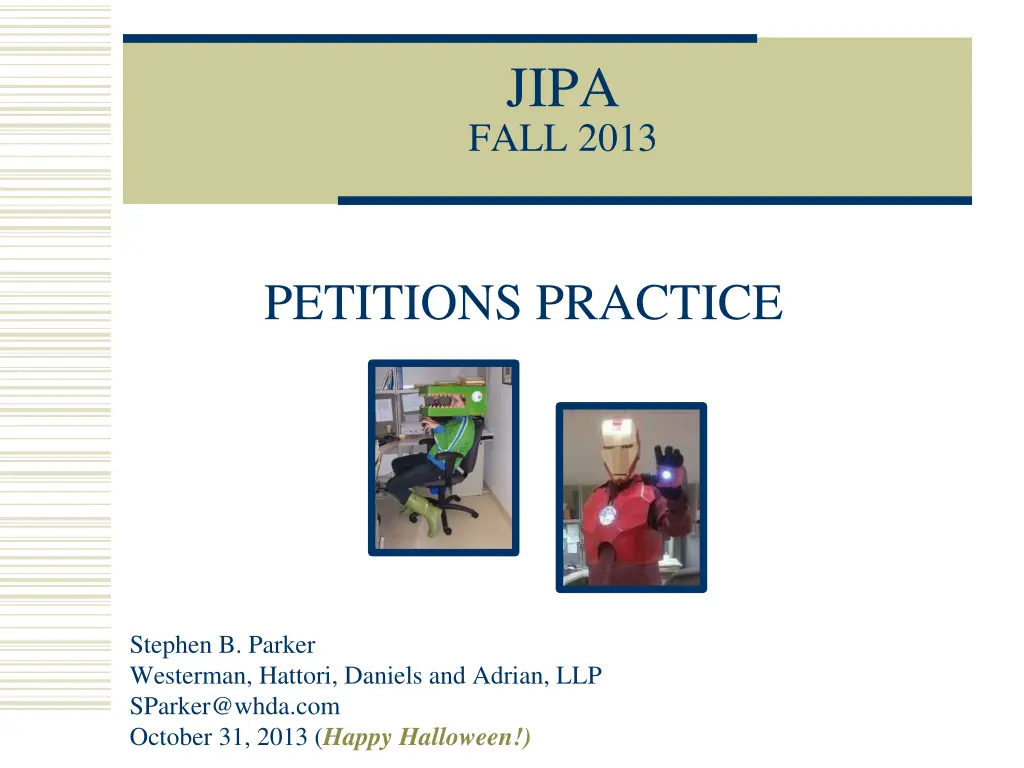
Demarcation Between Appeals and Petitions
Explore the nuances between appeals to the Patent Trial and Appeal Board (PTAB) and petitions to the Director of the USPTO in patent law practice. Understand the distinction in handling appealable matters and petitionable matters, ensuring compliance with procedural requirements. Gain insights into the delineation of review options for applicants facing challenges in patent prosecution processes.
Download Presentation

Please find below an Image/Link to download the presentation.
The content on the website is provided AS IS for your information and personal use only. It may not be sold, licensed, or shared on other websites without obtaining consent from the author. If you encounter any issues during the download, it is possible that the publisher has removed the file from their server.
You are allowed to download the files provided on this website for personal or commercial use, subject to the condition that they are used lawfully. All files are the property of their respective owners.
The content on the website is provided AS IS for your information and personal use only. It may not be sold, licensed, or shared on other websites without obtaining consent from the author.
E N D
Presentation Transcript
JIPA FALL 2013 PETITIONS PRACTICE Click for large image Stephen B. Parker Westerman, Hattori, Daniels and Adrian, LLP SParker@whda.com October 31, 2013 (Happy Halloween!)
Halloween vs. Petitions Trick or Treat
Halloween & Petitions Old Fashioned Barrister Wigs Available on eBay!
Options for Review of USPTO Action Applicants have two judicial procedure options for review: Appeal to the Patent Trial and Appeal Board (PTAB) (formerly the Board of Patent Appeals and Interferences); or Petition to the Director of the USPTO (the Director). 4
LINE OF DEMARKATION BETWEEN APPEALS AND PETITIONS The line of demarcation between appealable matters for the PTAB and petitionable matters for the Director MUST be carefully observed. Congress intended to differentiate between whatever requirements and objections an examiner might make on the one hand, and matters involving actual rejections of claims on the other. The PTAB will not ordinarily hear a question that should be decided by the Director on petition. The Director will not ordinarily entertain a petition where the question presented is a matter appealable to the PTAB. 5
LINE OF DEMARKATION APPEALABLE MATTERS Where the differences of opinion between the applicant and the Examiner concern the denial of patent claims because of prior art or other patentability issues, the venue for review is appeal to the PTAB. 35 U.S.C. 134. Thus, Appeals are only for review of decisions by the USPTO on the actual merits of the invention, i.e., the claimed subject matter. If the Examiner s position affects the scope of the claims, its appealable. Examples: Rejections under 101, 102, 103, 112, Obviousness-Type Double Patenting, etc. 6
LINE OF DEMARKATION PETITIONABLE MATTERS The Director shall be responsible for providing policy direction and management supervision for the Office and for the issuance of patents and the registration of trademarks. 35 U.S.C. 3. Petitionable matters deal with requirements and objections to formal/procedural matters made by the Examiner. (1) From any action or requirement of any examiner in the ex parte prosecution of an application, or in ex parte or inter partes prosecution of a reexamination proceeding which is not subject to appeal to the [Board] or to the court; (2) In cases in which a statute or the rules specify that the matter is to be determined directly by or reviewed by the Director; and (3) To invoke the supervisory authority of the Director in appropriate circumstances. 7
TYPES OF PETITIONS There are three types of petitions 1.181 Petition to the Director 1.182 Questions not specifically provided for 1.183 Suspension of rules. 8
TYPES OF PETITIONS 1.181 Petition to the Director For petitions provided for in the rules (CFR) 1.182 Questions not specifically provided for All situations not specifically provided for in the regulations of this part will be decided in accordance with the merits of each situation by or under the authority of the Director. This is a catch all provision. When a petition is not expressly allowed in other rules, it can be filed under 1.182. 1.183 Suspension of rules. In an extraordinary situation, when justice requires, any requirement of the regulations in this part which is not a requirement of the statutes may be suspended or waived by the Director or the Director's designee, sua sponte, or on petition of the interested party, subject to such other requirements as may be imposed. This is a petition to suspend or waive a USPTO rule. Petitions under 1.183 are rare. The USPTO can waive rules promulgated by the USPTO (37 CFR) The USPTO cannot waive statutes/laws issued by congress and the president (35 USC). 9
HOW THE REQUIREMENTS OF A PETITION The point or points to be reviewed The action requested Specifically state what you want the PTO to do A statement of the facts involved Supporting material (if any) Affidavits Declarations Exhibits When a petition is taken from an action or requirement of an examiner it may be required that there have been a proper request for reconsideration ( 1.111) and a repeated action by the examiner. Petition Fee Varies according to type of petition Petition to revive an abandoned application >> Petition for extension of time Oral hearing generally not permitted 10
WHEN THE REQUIREMENTS OF A PETITION If not filed within two months of the mailing date of the action or notice from which relief is requested may be dismissed as untimely May means optional. Dismissal as untimely is discretionary on the part of the USPTO. But see 1.181 (c): When a petition is taken from an action or requirement of an examiner it may be required that there have been a proper request for reconsideration ( 1.111) and a repeated action by the examiner. Trick. If the two months have passed and you have not filed a petition, file a request for reconsideration of the petitionable subject matter to the Examiner in a response to the Office Action containing the objectionable act. When the Examiner issues the next Office Action and denies the request for reconsideration, file the petition within two months of the Examiner s denial of the request for reconsideration. 11
The Effect of Filing a Petition 1.181 (f) The mere filing of a petition will not stay any period for reply that may be running against the application, nor act as a stay of other proceedings. For example, if a petition is filed to have the Examiner s denial of entry of an amendment in an Advisory Action reviewed, the six month period for response after Final Rejection continues to run The effect of this provision is that it may not be possible to file a petition and obtain a decision in sufficient time to receive action prior to the end of the period for response. 12
WHO DECIDES PETITIONS Delegation of Authority 1.181(g) The Director may delegate to appropriate PTO officials the determination of petitions. See MPEP 1000 Primary Patent Examiners Supervisory Patent Examiners Technology Center Directors Petitions Branch The MPEP 1000 lists 200+ types of Petitions 13
THE DECISION ON PETITION Petition Granted = Applicants win Petition Denied = Applicants lose Petition Dismissed without prejudice Applicants lose, but not a final decision. Applicants have a chance to fix/add a formal requirement and have the petition reconsidered. 14
REVIEW OF DECISION ON PETITION Court Review of a Denial of a Petition Review of a final adverse decision on a petition may be sought in a federal district court action under the Administrative Procedure Act ( Admin law ). Review of the district court's decision, in turn, may be obtained in the Court of Appeals for the Federal Circuit. The standard for review Presumption of administrative correctness A high standard to overcome 15
WHY FILE A PETITION Factors Against Filing a Petition Costs. USPTO fee Attorney service fees Timing. A petition does not stay any time period that may be running The USPTO official deciding the petition may have a close relationship with the Examiner The Examiner s Supervisory Patent Examiner Responsible for supervising and training the Examiner in the first place 16
WHY FILE A PETITION Factors For Filing a Petition Restriction, election of species and unity of invention requirements may save on costs of filing continuation and divisional applications Application fees, Issue fees, Maintenance fees Rejoinder: The Examiner should rejoin nonelected claims if Applicant elects the claims to a product and nonelected claims are to a process of making the product and/or a process of using the product are presented in the same application. Bad Examiner Practices Petitions can call attention of bad examining practice to the Examiner s immediate supervisor and to supervisors further up the chain of command. Filing petitions may help train Examiners and may be cost effective in the long run. Applicants and Examiners are repeat players Petitioning an unreasonable Examiner may teach the Examiner that Applicants are serious and will not stand for being unfairly treated However, care must be taken not to make an enemy of the Examiner 17
WHY FILE A PETITION Alternatives to Filing a Petition Interviews First, discuss with the Examiner the issues and request reconsideration by telephone interview. Second, if the Examiner maintains his position, move up the chain of command. Discuss with the Examiner s supervisor (SPE) and then with the Technology Center Director. In addition, each technology center also has special program examiners (SPREs) who may assist when both the Examiner and the supervisor don t know proper procedure. 18
WHY FILE A PETITION The Ombudsman Pilot Program The Ombudsman Pilot Program was recently established by the USPTO. http://www.uspto.gov/patents/law/notices/75fr17380.pdf http://www.uspto.gov/patents/ombudsman.jsp The Ombudsman Pilot Program is designed to enhance the USPTO s ability to assist applicants and/or their representatives with issues that arise during patent application prosecution. When there is a breakdown in the normal prosecution process, the Ombudsman Pilot Program can assist in getting the process back on track. The Ombudsman Pilot Program is not intended to circumvent normal communication between applicants and/or their representatives and examiners or Supervisory Patent Examiners (SPEs). The Ombudsman Pilot Program is an option when Applicants have been unable to find the correct person to assist or have been unable to obtain assistance from the examiner or SPE to whom the application is assigned. The initial communications with the Ombudsman do not have to identify the application 19
APPEALABLE OBJECTIONS Even if an Examiner labels an issue as an objection, that part of the examiner s objection which centers on description, enablement and best mode concerns the correspondence of the specification to the statutory requirements set forth in 35 U.S.C. 112 and is within the jurisdiction of [the Board]. Ex parte C, 27 USPQ2d 1492, 1494 (Bd.Pat.App.&Inter. 1992). Actual Example: In an objection , the Examiner stated that the disclosure is objected to as allegedly containing informalities. The Examiner s position: The drying time is critical to the invention. However, no drying time is provided in the example methods. The Examiner requests appropriate correction, but noted that it may not be possible to add a drying time because support may not be present in the original specification for a stated drying time. 20
APPEALABLE OBJECTIONS The issue was labeled by the Examiner as an objection and an informality. The propriety of an objection is normally a question reviewed by petition. However, the Examiner is raising issues that center on whether the description of the specification complies with the statutory requirements set forth in 35 U.S.C. 112. Enablement Best Mode Actual Case: Appealed the Examiner s Objection to the Board Result: The Examiner withdrew the Objection 21
DETERMING APPEALABLE OR PETITIONABLE Follow the money If the issue can be resolved completely without amending the claims and by filing a paper and a PTO Fee ($), then it s usually a petitionable issue Examples: Restriction requirement = resolvable by divisional ($) Petitionable Denial of entry of 312 amendment = resolvable by continuation ($) Petitionable Premature Final Rejection = resolvable by an RCE ($) Petitionable Obviousness rejection = No amount of $ will overcome obviousness rejection Appealable 22
JIPA FALL 2013 THANK YOU Stephen B. Parker Westerman, Hattori, Daniels and Adrian, LLP SParker@whda.com October 31, 2013


